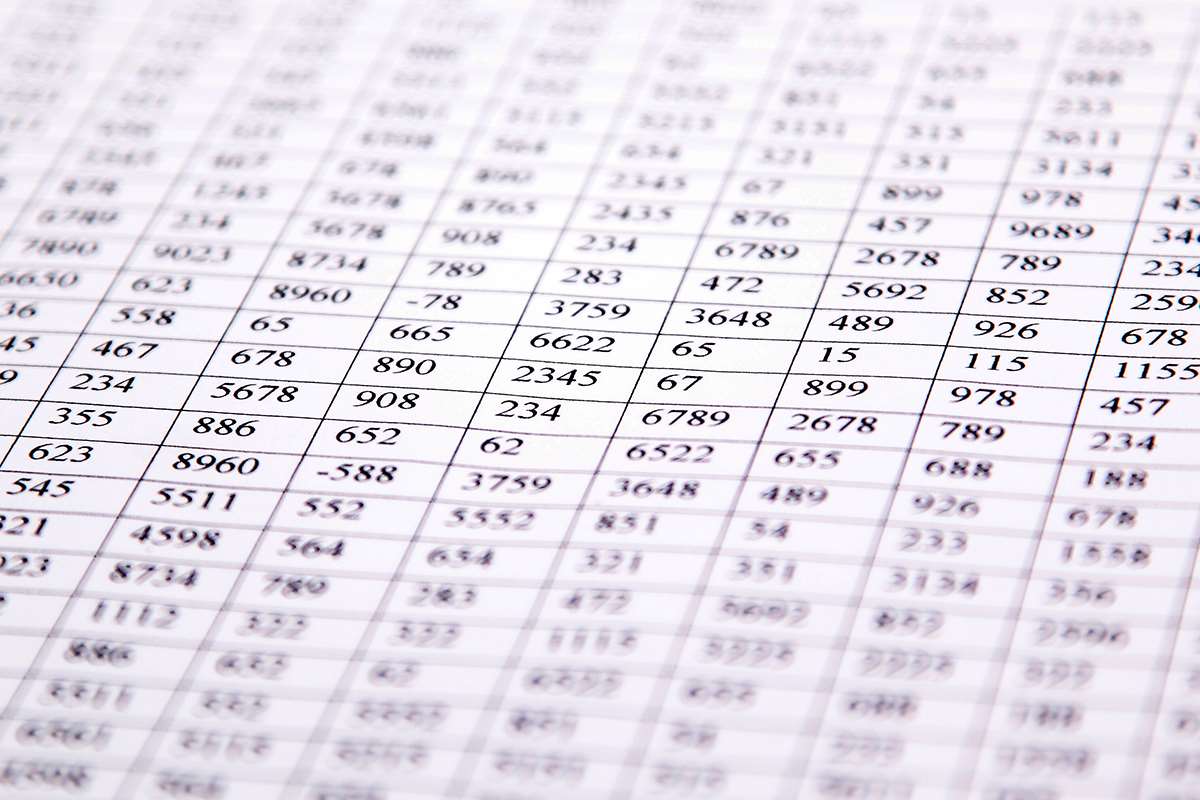
By understanding the conversion cost, manufacturers can identify areas to reduce costs and improve their production process. For example, manufacturers can explore ways to streamline the production process, improve efficiency, and reduce waste if the conversion https://www.bookstime.com/articles/annual-income cost is high. This not only leads to cost savings but also improves the overall quality of the finished product. Calculating conversion cost is essential for understanding the profitability of a manufacturing business. Manufacturers can determine their profit margin by calculating the total cost of production, including conversion cost and other expenses. This information is critical for assessing the business’s financial health and making informed decisions for future growth.

Impact on Fixed Asset Value – How Does Depreciation Impact Conversion Cost

The FIFO method assigns a lower conversion cost per unit to the COGS and a higher conversion cost per unit to the inventory valuation. Direct materials, a key component of prime costs, are raw materials traceable to specific products. Examining prime costs helps optimize material expenses through strategic sourcing and inventory management. Most of the conversion costs will be in the form of ongoing equipment maintenance and depreciation expenses. Yes, conversion costs are relevant for decision-making in a manufacturing business.
Automate Processes – Some Strategies to Reduce Conversion Costs
Lean manufacturing is a systematic approach to identifying and eliminating waste in the manufacturing process. By implementing lean manufacturing principles, manufacturers can streamline production processes, reduce cycle times, and eliminate non-value-added activities. This can help reduce conversion costs by reducing the time and resources required to produce a product. Several factors can contribute to the difference between actual and budgeted conversion costs. These factors include fluctuations in labor rates, changes in production volume, variations in overhead expenses, and inefficiencies in the production process. It is crucial to consider these factors when analyzing the conversion cost variance.
Types of Conversion Costs

For example, if the production department can communicate with the online bookkeeping accounting department about the cost of raw materials. It is an important concept that plays a significant role in the manufacturing process of any business. Understanding this concept is essential for any business owner or manager who wants to optimize their production process and make informed financial decisions. Compare the conversion cost per unit with the previous periods, the industry average, or the target cost to evaluate the performance and efficiency of the production process. Conversion costs differ from prime costs, which focus on direct manufacturing expenses like direct materials and direct labor.
- Conversion costs significantly impact product pricing as they form a substantial portion of production expenses.
- Manufacturing overheads used in calculating conversion costs are the overheads that cannot be attributed to the production process or a single unit in production, for example, rent or electricity.
- A language barrier or a lack of clear communication channels can result in errors, misunderstandings, and production delays.
- Additionally, outsourcing can reduce the need for equipment maintenance and repair, lowering manufacturing overhead costs.
- Conversion costs are fundamental in cost accounting, guiding businesses in analyzing and optimizing production processes.
Impact on Production Capacity – How Does Depreciation Impact Conversion Cost
Samsung has a cell phone production unit with a production capacity of 10,000 daily it incurs day-to-day expenses to keep its business running. The company wants to know its conversion cost from the following mentioned information. Labor efficiency variance measures the difference between actual and expected production hours. A favorable variance indicates effective labor use, while an unfavorable one may point to issues such as inadequate training or equipment problems. Understanding these variances enables management to implement targeted solutions, like improving training programs or investing in new technologies.
Reduce Energy Consumption – Some Strategies to Reduce Conversion Costs
A positive variance indicates that the actual conversion costs exceeded the budgeted costs, while a negative variance suggests that the actual costs were lower than the budgeted costs. Examples of manufacturing overhead include the utilities, indirect labor, repairs and maintenance, depreciation, etc. that is occurring within a company’s manufacturing facilities. Manufacturing cost is the cost that company spends to support the production process but they cannot allocate to each product. They are the indirect cost that incurs to support the manufacturing, but it is very challenging to apply the cost to each production unit. The cost of a product is determined by the amount of labor and overhead needed to convert raw materials into finished goods. Conversion costs are the costs that are incurred by manufacturing companies when converting raw materials into finished goods.
In other words, the conversion cost is converting raw materials into finished goods. The main difference between prime cost and conversion cost is that prime cost includes all direct expenses incurred during the manufacturing process. In contrast, conversion cost only includes direct labor and manufacturing overhead costs. This means that prime cost includes the cost of raw materials, which are not included in conversion cost. Once the conversion costs direct labor cost and manufacturing overhead costs have been determined, they can be added together to calculate the total conversion cost for a specific product. This information is valuable to manufacturers because it helps them determine the selling price of their products that will cover their expenses and generate a profit.

